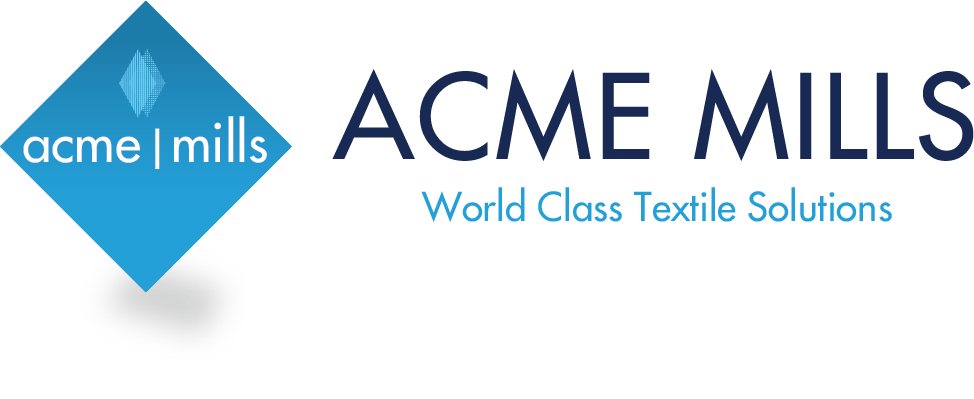The modes of marker making and spreading are essential concepts in apparel mass production, where garment symmetry and fabric symmetry affect the selection of marker modes as well as the methods of spreading and cutting. These factors affect the cost of the product as well.
To define marker making and spread modes, we use specific definitions of fabric and garment symmetry. There are two types of fabrics classified based on their visual appearance-
A) Symmetric Fabrics
No change in appearance when the fabric is turned 180 degrees in the same plane. In most cases, fabric symmetry is concerned with only the face side and the back is of minimal concern, as it shall be inside the garment and out of the view. Solid colour plain weave fabrics are often symmetric.
(B) Asymmetric Fabrics
If there is a change in appearance when the fabric is turned 180 degrees in the same plane then the fabric is said to be asymmetric. Even if a fabric when rotated at 180 degrees, causes a change in colour due to light reflection is asymmetric.
Understanding fabric nap directions
The surface directionality or the view of the fabric is called a nap. Or if the fabric has surface fibres /short threads (like velvet, corduroy, etc), the direction that they naturally lay is the nap of the fabric. A nap of the fabric is created by its structure, a finish, or a directional print. Let us now understand the concept of naps with few examples-
Example -1: Direction of Nap
To decide the direction of the nap of the fabric, consider the elephant printed fabric shown in the example below, where all the legs point in the same direction i.e. downwards. Naturally, in a garment, these would point toward your toes. One would not usually prefer an elephant to be standing on their heads! Hence, the nap direction is obvious in this case.
Read more: Understanding Spreading Modes for Different Fabric Types









